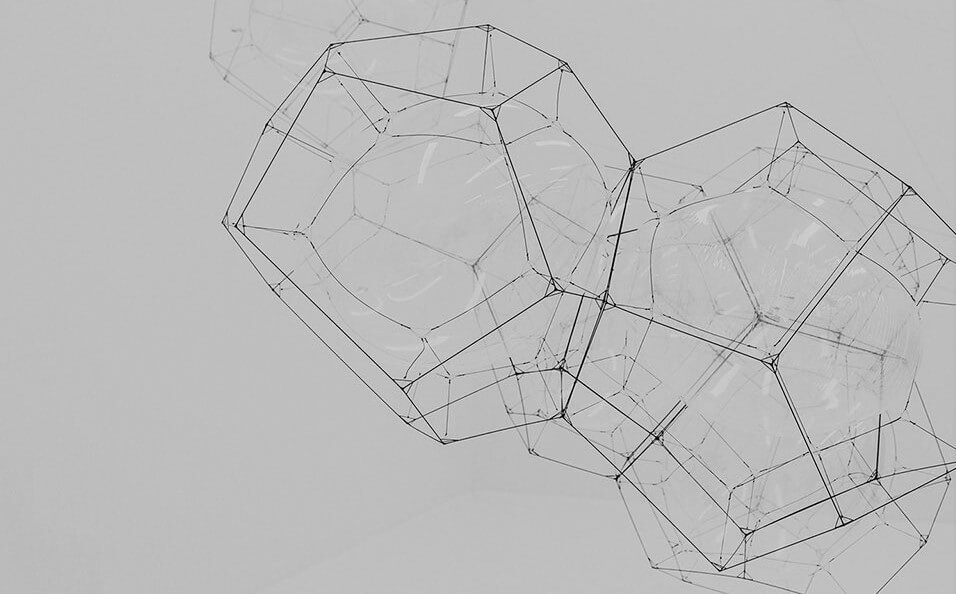
Graphenstone Paints: Nanotechnology’s role in revolutionising natural building materials
As high-end designers working on substantial projects, we are painfully aware of the darker side of the construction industry – waste and harmful materials. It is this awareness that drives us to champion better practices and ensure that the materials used in the homes we design have a positive impact on you and the environment.
Many synthetic indoor materials like adhesives, plastics and acrylics all emit high levels of petrochemicals, carbon dioxide and carcinogenic Volatile Organic Compounds (VOCs). Take paints, for example; they make up the second-largest emitter of VOCs after cars themselves. As paints only emit half of their VOCs in the first year, they can have a long-lasting impact on the spaces.
Are there no alternatives to traditional paints? Thanfully, there is. We have collaborated with Graphenstone, (a natural paints company which fuses graphene nanotechnology with natural-like and silicate) to discuss the common misconceptions around traditional acrylic paints and what healthier alternatives are available to you.


Alternatives to Acrylic Paints.
A common misconception is that acrylic paints are more durable than their natural rivals. It’s literally a plastic film painted onto your wall, which may have better abrasive durability and washability, but it seals in unwanted moisture. That’s why you so often see paint bubble up and peel away from the wall because moisture behind the paint tries to evaporate but ends up pushing it away from the substrate. That moisture leads to fungal growth; those dark spots of mould seen in the corners of bathrooms and kitchens. This is incredibly damaging to human health, as it’s so detrimental to indoor air quality.

There are natural paints on the market today, which are not only non-toxic but actively clean the air you breathe. Lime-based paints are 100% natural, the whites being pure lime and the colours a lime-silicate blend. The active lime component in Graphenstone paint is calcium hydroxide, which, when painted goes through the active lime cycle of curing into calcium carbonate (limestone) on your wall. It does this by absorbing carbon dioxide.
Every 15L pot of paint on your wall absorbs 4.8kg of CO2. This means every three pots, over the course of a year, absorb as much CO2 as a 250kg tree. A lime cycle is a powerful tool for air purification, making Graphenstone paints as powerful as greenery inside your home. These paints are also completely odourless, meaning you can occupy a room immediately – no irritating paint smell to air out! Lime based paints are highly alkaline with a pH of 12, meaning nothing can grow on them. They are naturally proofed to fungal growth and those dark spots of mould so damaging to our health. Critically, lime is also a porous, breathable material. In a damp room, that moisture will simply pass through the paint and evaporate directly into the room itself.
Why aren’t lime-based paints more common?
With the benefits mentioned above, it’s hard to understand why lime-based paints aren’t more common in our households. It comes back to that durability argument. In short, it’s because lime is brittle. If you paint a sheet of paper in a pure lime paint and scrunch it up over your desk, your desk will be covered in paint dust. But paint a sheet of paper in Graphenstone (also pure lime), you can scrunch that paper up, roll it, fold it in half – no dust. This is due to the unique nanotechnology twist, bridging the gap between natural materials and the strength expected from modern building materials.

Graphenstone paints incorporate the pure carbon nanotechnology graphene. Graphene was discovered at the University of Manchester in 2004, and its discoverers won the Nobel Prize for Physics in 2010. They had found something with the most remarkable physical properties: 200x stronger than structural steel, 1000x more electrically conductive than copper, but still as flexible as paper. It was discovered by removing molecular levels of graphite until you are left with just one atom thick graphene.
This means it can effectively coat other materials, or better yet be woven into their molecular structure. Hypothetically, if you had a large enough spiderweb and coated it in graphene, its tensile strength would be enough to catch a falling plane. That’s how remarkable a piece of nanotechnology graphene is, and it’s fused with the mineral base of all Graphenstone paints. It completely revolutionises the physical profile of age-old building materials like lime.
Graphenstone offers the first Class 1 strength natural paints in history. Graphene also brings a unique level of elasticity and flexibility to paints ensuring they don’t crack, even with slight building expansion and contraction. In addition, it provides significantly improved coverage, meaning that in real terms per m2, Graphenstone is cheaper than any other mineral paint on the market today.
How can we help select the right materials for your home?
HollandGreen provides interior design services throughout London, Surrey, Oxfordshire, the Cotswolds, Buckinghamshire and Berkshire. We’d love to help you plan your new home. Read more about how we work or simply get in touch for an initial chat about your needs.
